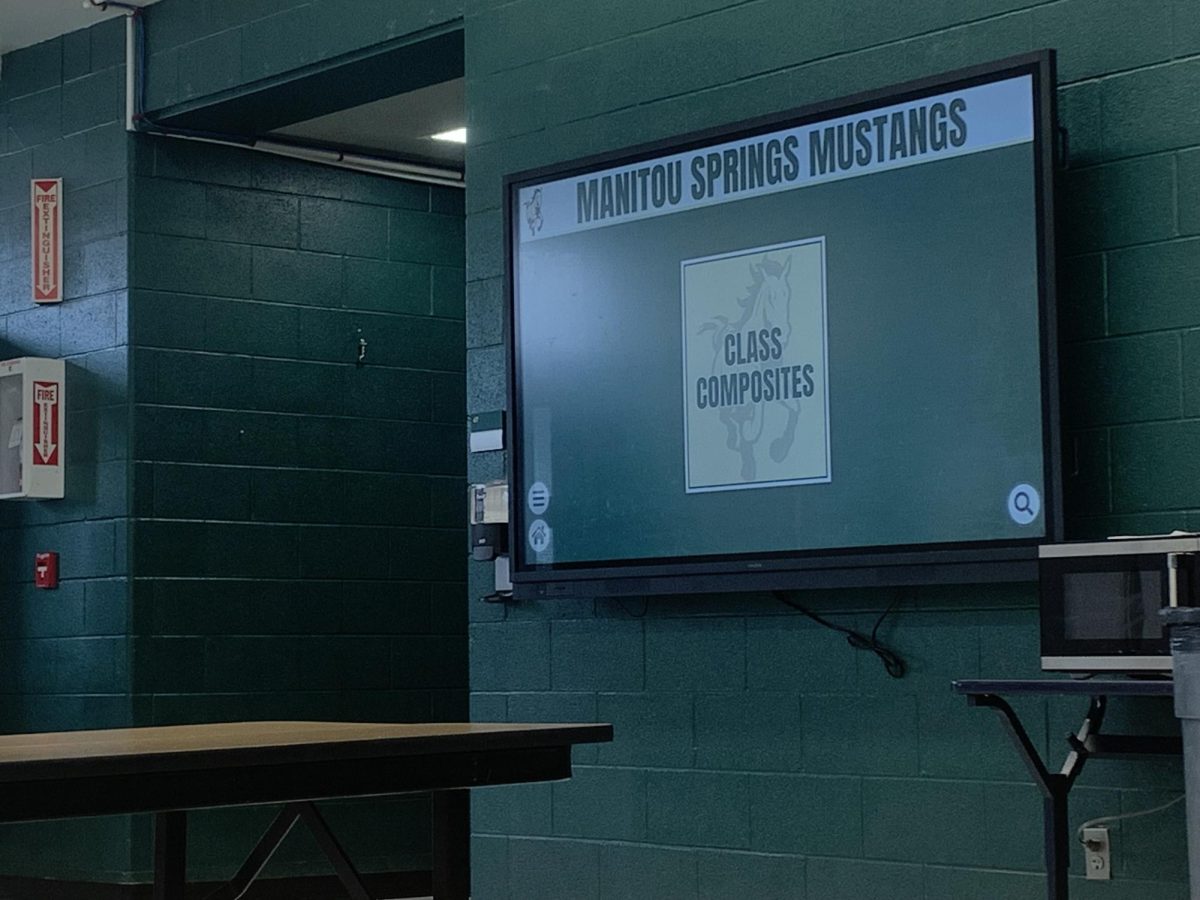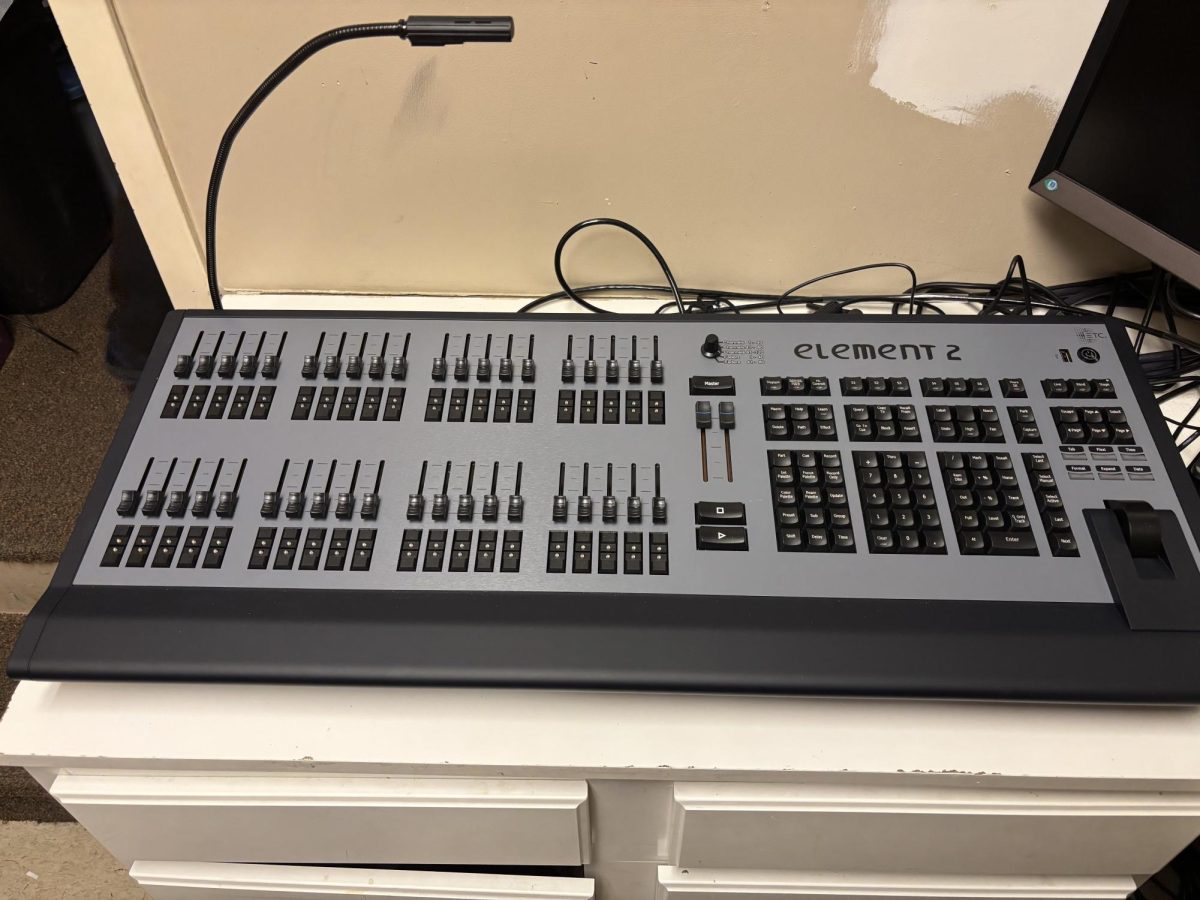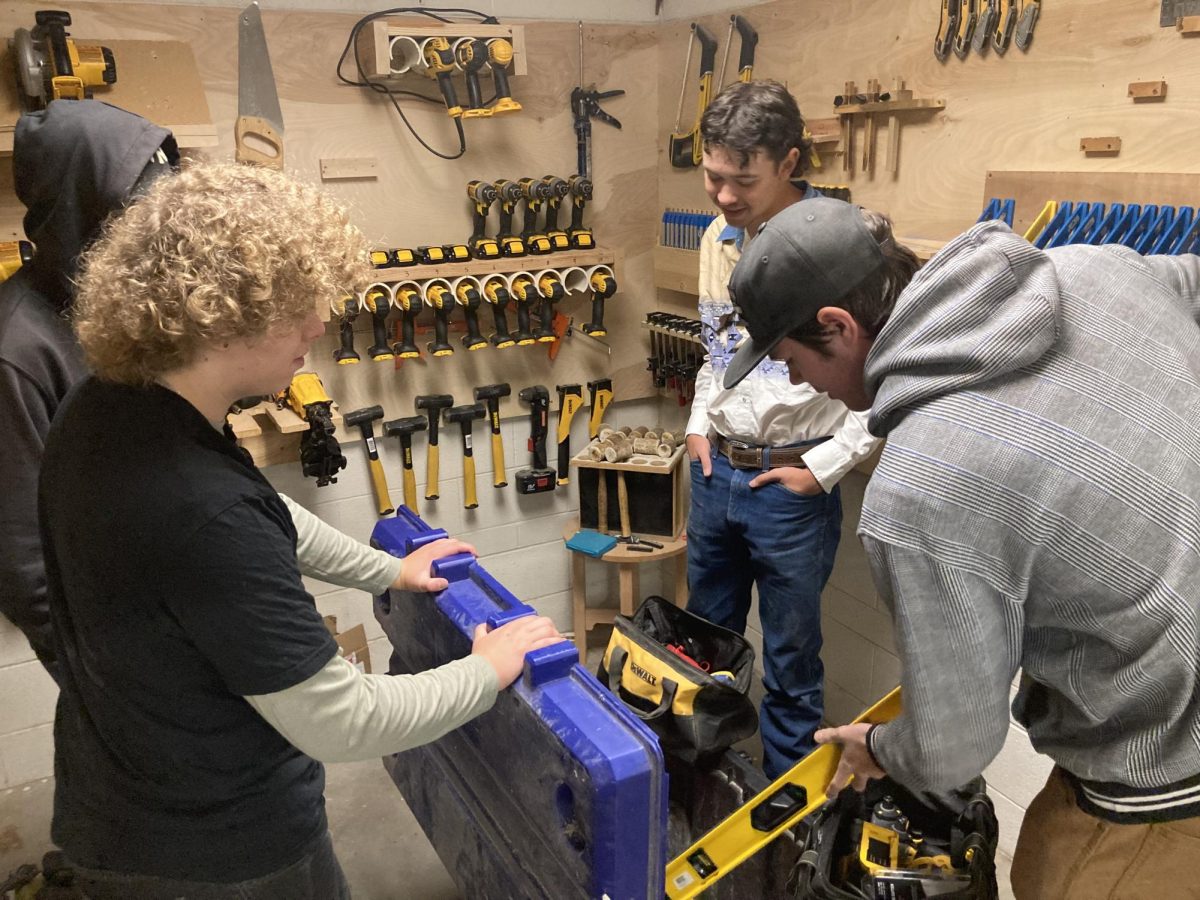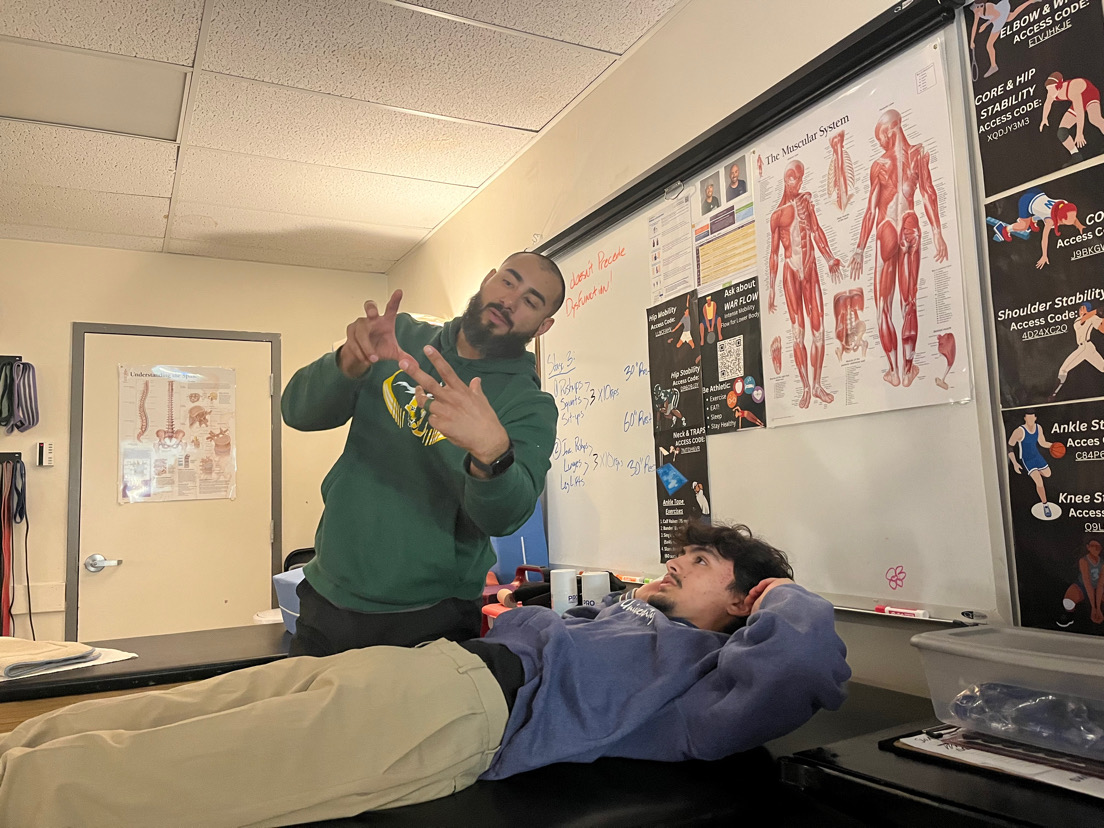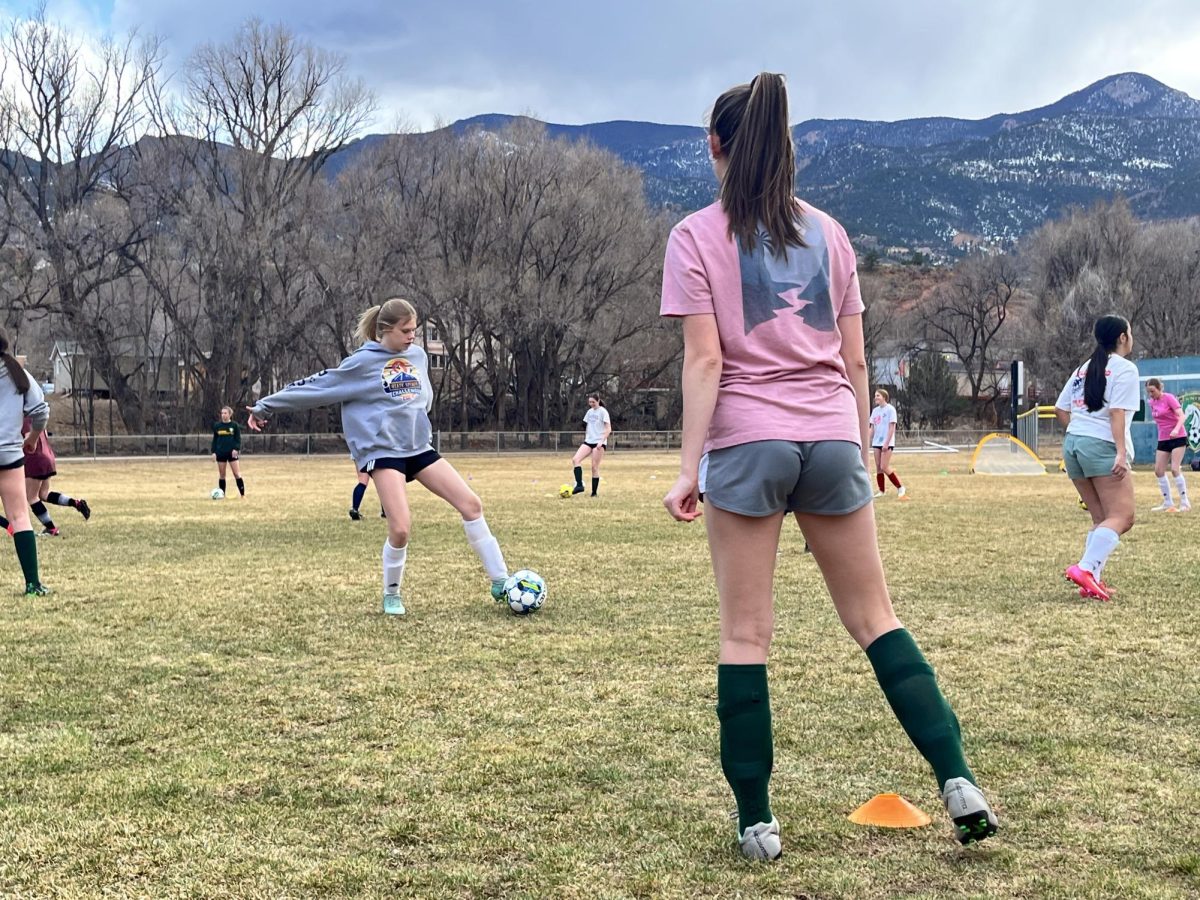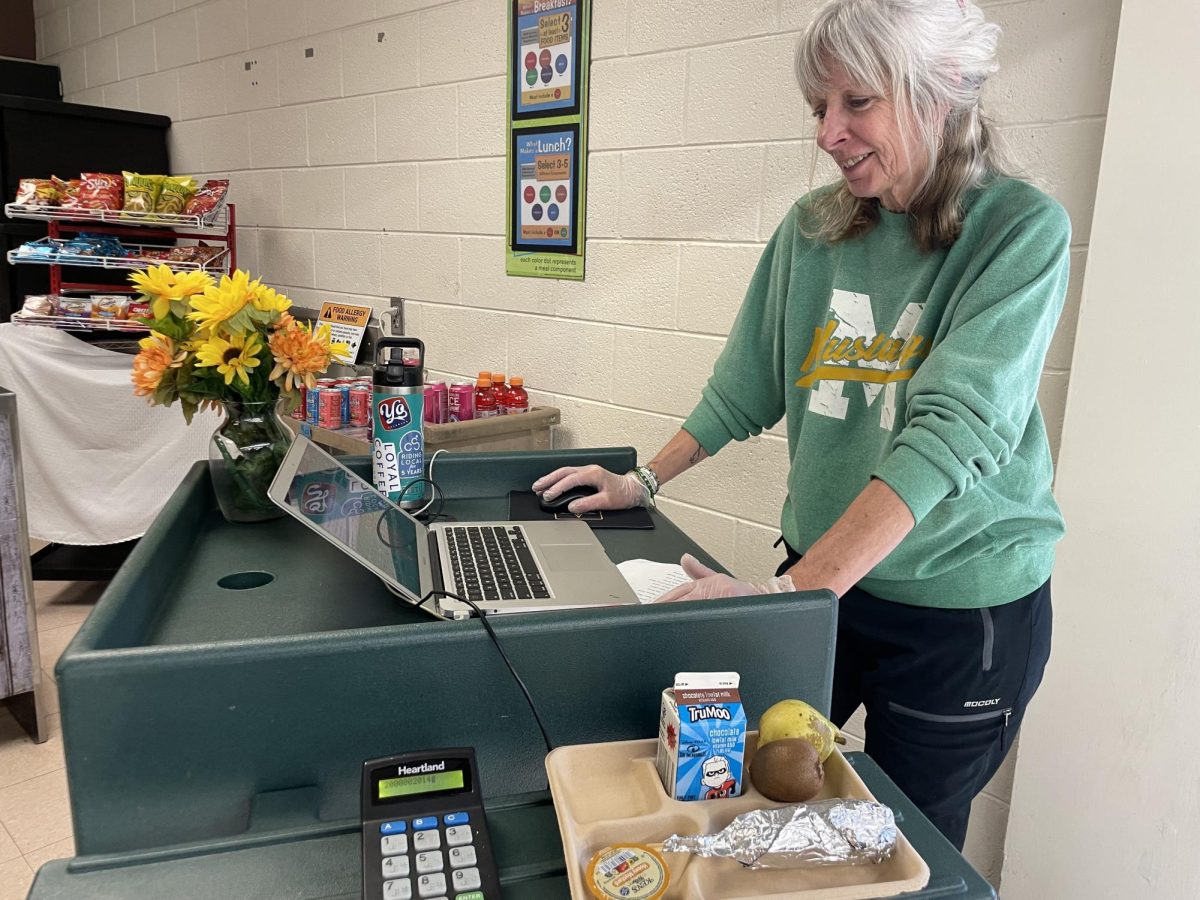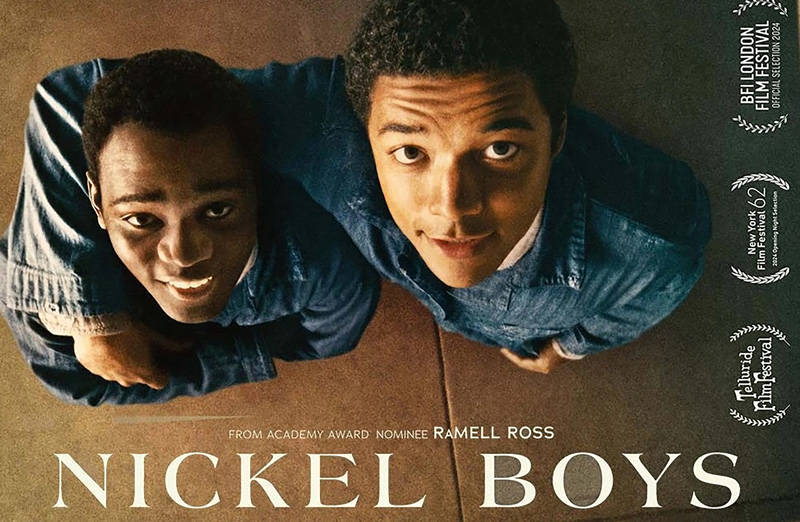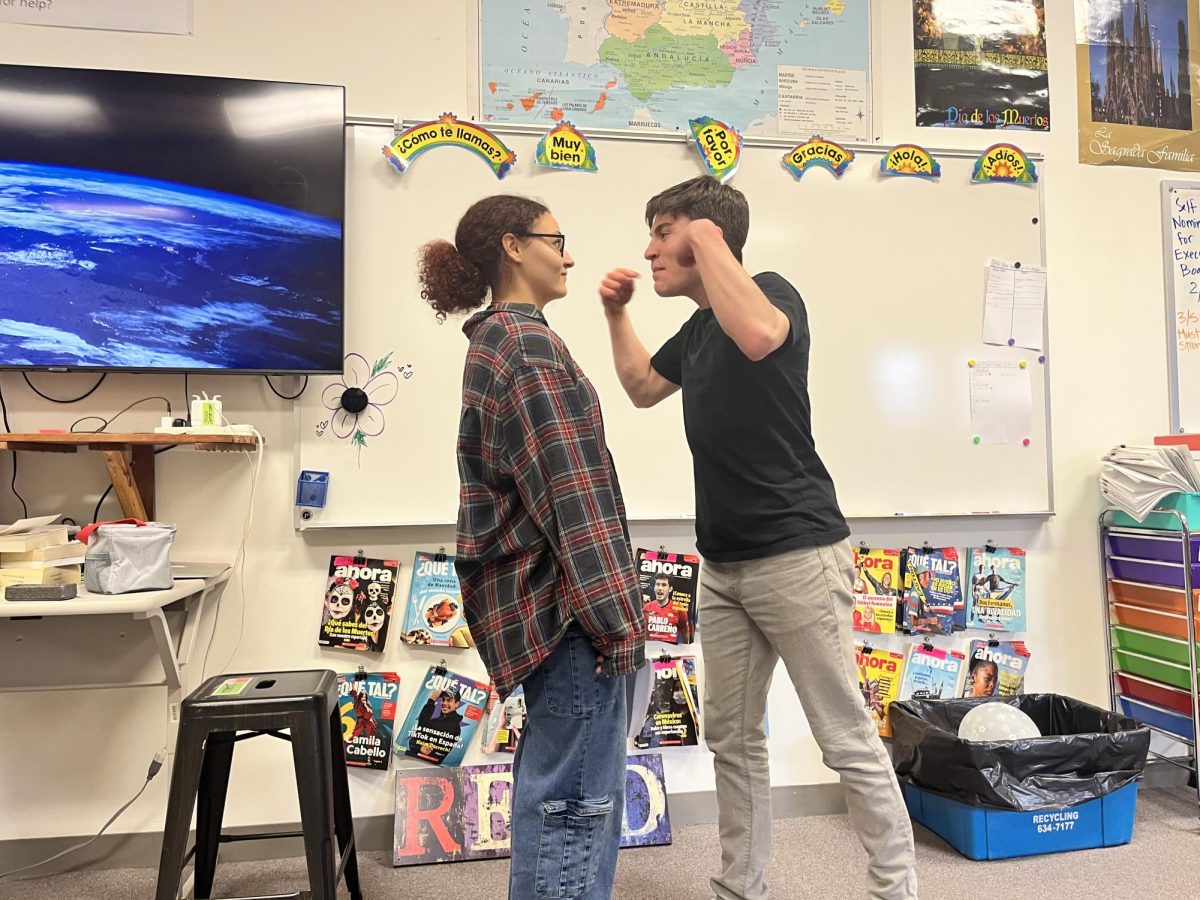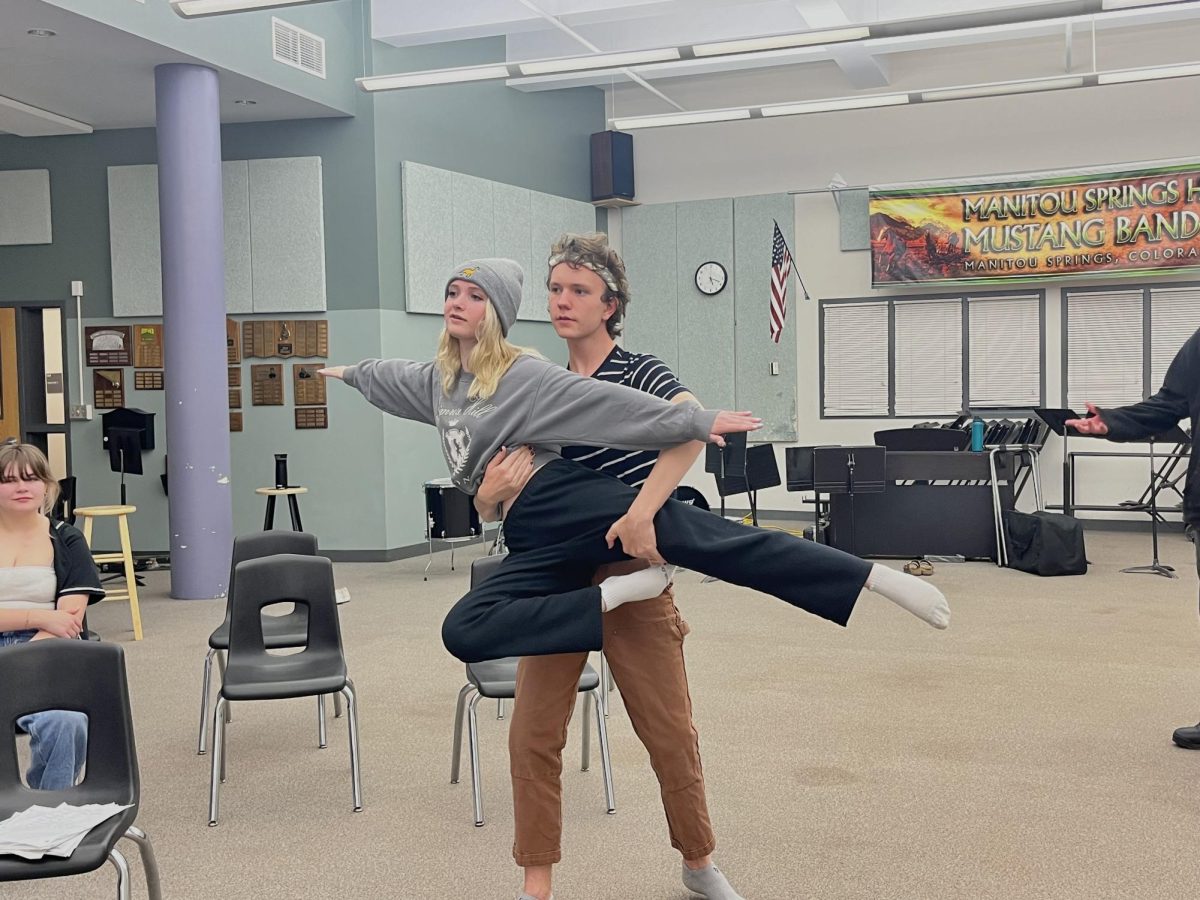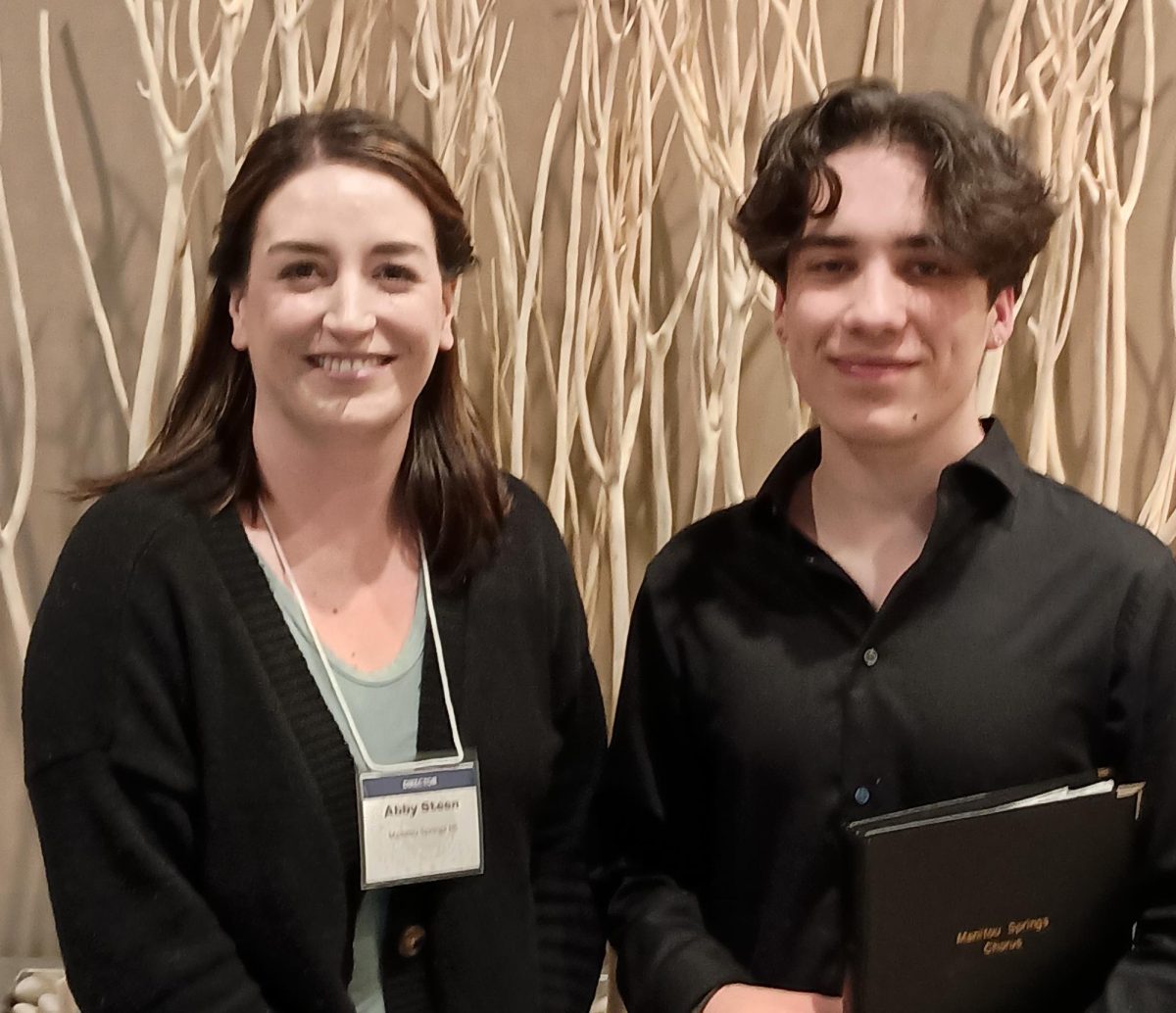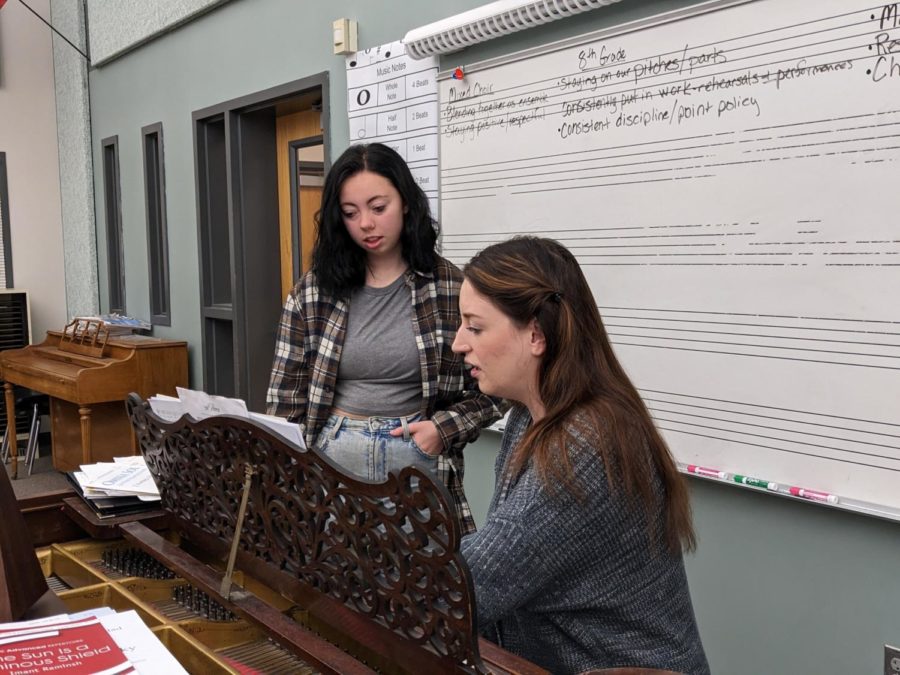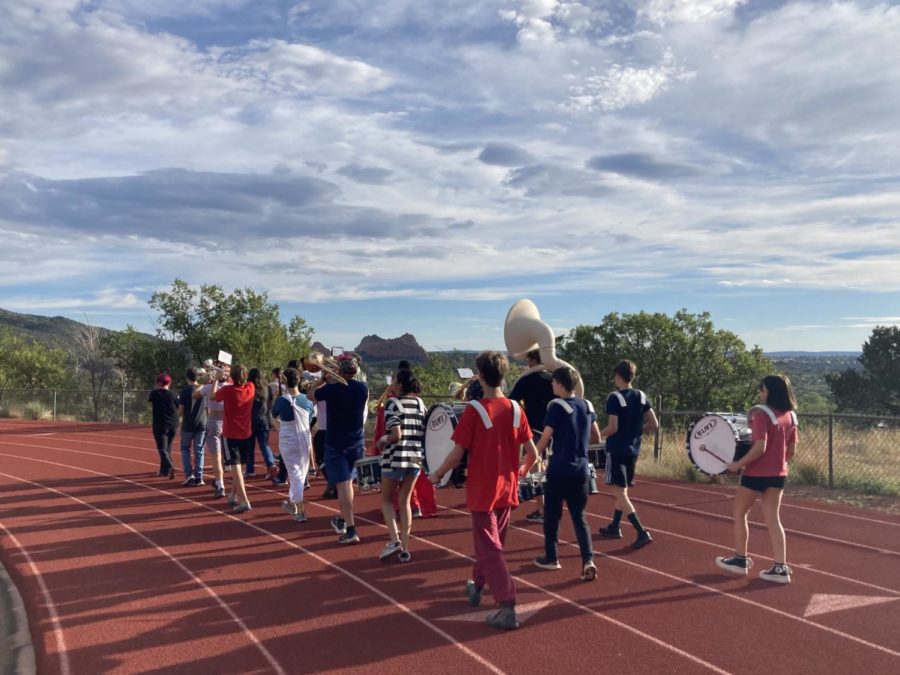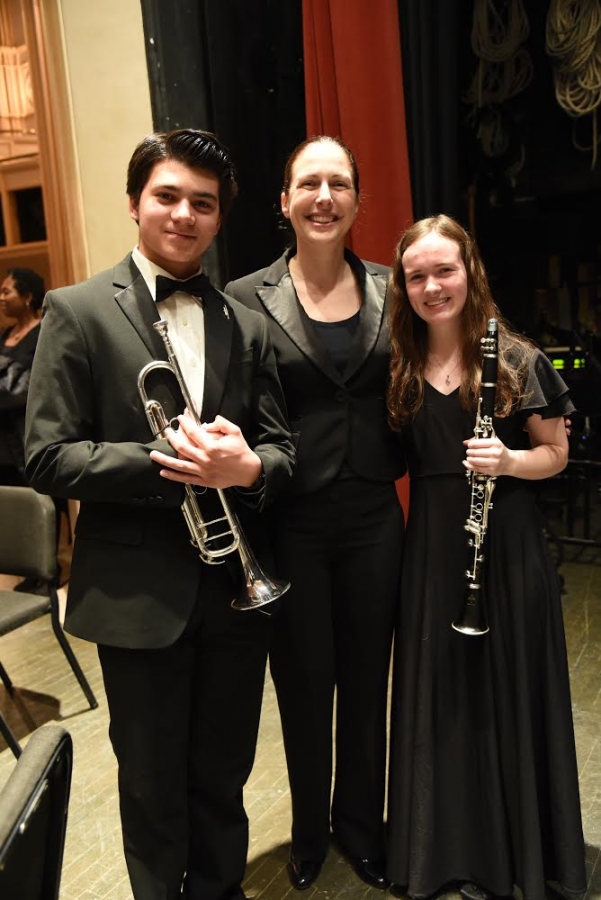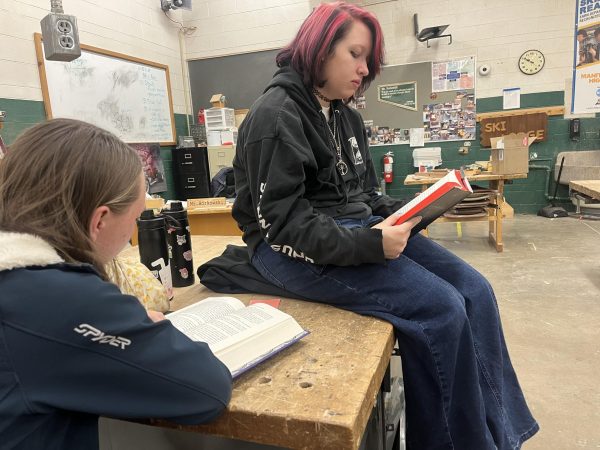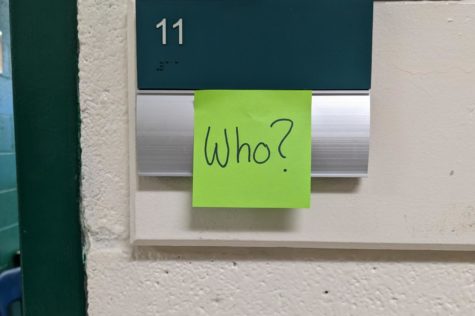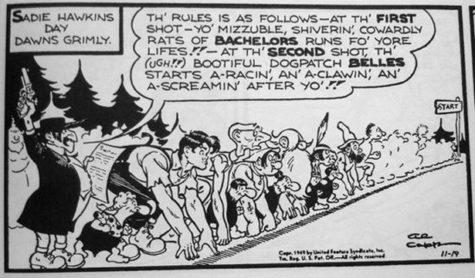Robotics: FRC Competition Just Around the Bend
February 11, 2015
“We put the green in green and gold,” says senior Jacob Hale, who has been on robotics four years, and is one of three team captains of the Manitou Springs High School robotics team along with fellow seniors Max Jonas Knaver and Kaya Bacon.
Robotics is an afterschool club that runs from 4:30 to 7:00 in the woodshop room, where those involved attempt to build a robot for various competitions.
This year the competition is “Recycle Rush,” where the robots built will have to stack recycling totes to score points to win.
This is the team’s sixth time competing, having been the 2nd smallest team the previous year, scoring 16th out of 52nd.
Even though many would think otherwise, the process behind building a robot is fairly simple when it is dissected to smaller terms. According to freshman Spencer Briggs–Hale, the first step always begins with the team brainstorming model ideas. “We discuss ideas that we realize are dumb, [eventually coming] to ideas that we realize are dumb but might work.”
Linda Strickland, one of the multiple instructors who heads the program alongside Todd Reavis, who is a software engineer, told a more positive story, saying that the beginning of the team’s process starts with the release of whatever that year’s game will be at the Denver Museum of Nature & Science on the first Saturday of January, preceding the actual period of brainstorming. Also during this time, the team must pay a $5,000 entry fee to purchase that year’s kit of supplies in order to participate.
Mrs. Strickland continued by adding, “You get six weeks to design, build, and practice with your robot.” Meaning that prior to contest the robot has to be “bagged” and ready to go, unable to be meddled with any further without disqualification.
After the brainstorming, wooden prototypes are built before the order for parts is sent out. While the basic structure is being constructed, others will work on programming the robot with the designated software, under the supervision of Mr. Reavis.
Teams get two robots: one to practice with after the “bagging,” and then the legitimate competitor. After the actual building is done, 30 lbs are allowed to be kept of the actual bot to continue working with. But when it comes to competition-time, that 30 lbs has to be back on the robot and ready, lest the team be disqualified.
The biggest difficulty, Mrs. Strickland went on to say, is not knowing whom you will be working with when assembling or competing. “Whoever you are working with, you have to work well,” she said. “Not everyone is going to have the same skill.” This is an important point, she said, because during the competition a team will be sided with two other anonymous teams that are selected five minutes in advance to the actual competition.
Mrs. Strickland, however, persisted in saying that robotics isn’t entirely about building robots: it’s also about the experience.
“Gracious professionalism is the term that is really emphasized [in robotics],” she said. “If the team next to you burns out a SIM motor and you have an extra one, you should be giving them the motor so that they can keep on playing.”
But, according to multiple members like Briggs-Hale and Jacob Hale, robotics isn’t all just about winning or losing, either. It’s about enjoyment and having some fun.
“I’m here because I originally thought it would be fun,” answered Jacob Hale when asked why he had joined robotics. Spencer Briggs–Hale said something similar: “When I switched to Manitou, robotics was one thing I wanted to make sure I did.”
Because the competition that every roboticist awaits with anticipation involves 3,000 teams, and only three can go to nationals, the challenge may seem impossible. Being that the FIRST Robots Competition (FRC) is international, teams of diverse backgrounds and nationalities gather at all the events. 10 matches are played between three robots who try to stack up to 6 totes—varying between 2 in. and 6 in.—during two rounds. The 15 second first round is “autonomous,” meaning that the programs installed in the robots are running them.
The second round is just over 2 minutes, when the robots are controlled by an assembled team.
After the two rounds, the team with the most points wins. A bonus can be achieved if a team manages to stack an additional trashcan and pool noodle on top of the totes.
The top six win medals, and the top three go to nationals in St. Lewis, another four days of tournament.
“It’s our goal to go to nationals. It’s something we’re working towards,” said Strickland, with a smile of hope.


